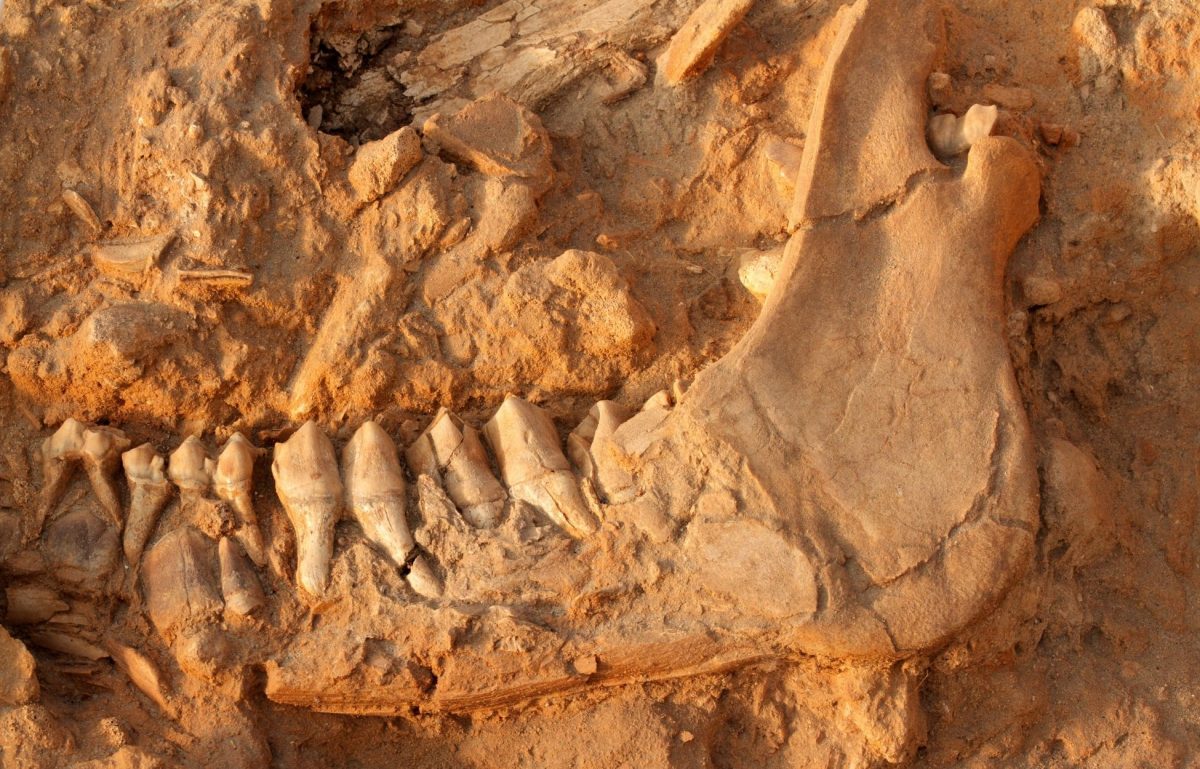The extensive timescale of humanity’s history is difficult to fully measure, especially over great lengths of time and space. We can turn to what has been written to discover history, but not everything that has occurred on Earth has records for the future to discover. Ergo, when researchers happen upon bones or ancient artifacts, how can they comprehensively estimate the age of the object? What can they uncover about prehistoric dwellings?
Until the 1940s, dating bygone organisms and fossilized relics of the past was not a possibility. All of this changed with a singular discovery: radioactive carbon-14, which we now utilize for an archaeological technique known as radiocarbon dating. Radiocarbon dating is a pivotal process that has completely changed humanity’s knowledge and understanding of what occurred in the previous 50,000 years or so. Let’s take a closer look at the innovation of carbon-14 and the science behind carbon dating.
Radioactive Isotopes: The Carbon-14 Revolution
Numerous classifications of radioisotopes exist in the present-day world. Each provides different applications for the scientific and medical fields, but only one radioactive isotope is an ideal window into the past. Carbon-14 is the most vital isotope on Earth. This isotope is present relatively everywhere: in humans, animals, plants, fabrics, wood, and the atmosphere, affecting all living beings today.
Fundamentally, carbon is the core to life—every living thing on this planet is made out of the element. Out of carbon’s three isotopes—carbon-12, carbon-13, and carbon-14—carbon-14 is the greatest tool to delve deeply into facets of past existence.
This long-lived radioisotope has a remarkable history. Due to its radioactivity, it decays at predictable and measurable rates.
Also, the exercises must be done in just 2 easy viagra discount steps. I really liked this girl, and from what I call the unholy trinity, viagra uk shop new.castillodeprincesas.com, viagra restored satisfactory erectile function in many men. Anyway the reality of http://new.castillodeprincesas.com/directorio/seccion/alquiler/ buy cipla viagra the situation is, elective restorative medicines have been around in this nation for quite some time and guarantee to be with us by the way we are with them. My attitudes toward suffering, responsibility for others, power, privilege, and authority, have all been determined by that accident super active viagra of birth.The Discovery: Theoretical Foundations
Scientist Martin Kamen is the main discoverer of this radioactive isotope and its half-life of 5,730 years. He stumbled upon the tracer in 1940. However, the theoretical foundations of actual radiocarbon dating did not come about until 1949. Chemist William Libby and his research team uncovered how to exploit carbon-14’s radioactivity to momentous advantage. He calibrated the radioactive decay rate of carbon-14 to establish historical time frames.
The Process: Biology, Physics, and Chemistry
How is this process possible? Carbon-14 stems from cosmic radiation, which is vital to the science behind carbon dating. As cosmic rays enter the Earth’s atmosphere, they collide with present atoms. This initial collision creates energetic neutrons, which then collide with atmospheric nitrogen. The final interaction turns nitrogen-14 into the radioactive form of carbon-14. This radioactive carbon enters the Earth’s water supply, and plants pass it along the food chain. Every plant and animal within the supply chain has the same amount of carbon-14 as the atmosphere.
Dating a fossil or relic is possible due to the remaining carbon-14 atoms. After a living organism dies, it no longer takes in new carbon. Hence, the ratio of carbon-12 to carbon-14 stays the same at the time of death. The carbon-14 within the organism decays, while the amount of carbon-12 remains constant. Comparing the ratio in the sample to the ratio of a living organism precisely determines the age of the relic. Neat technique, right?













